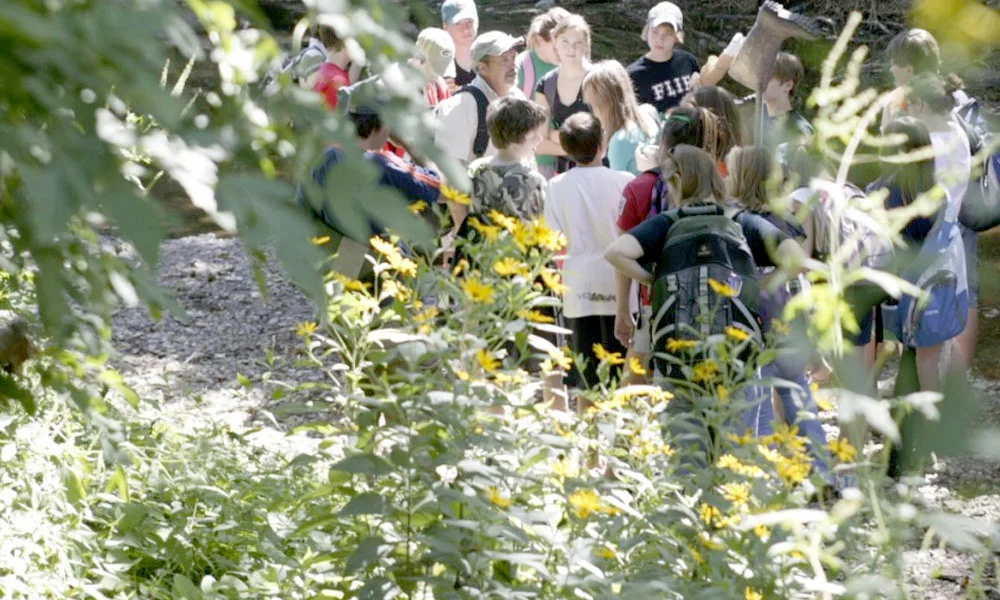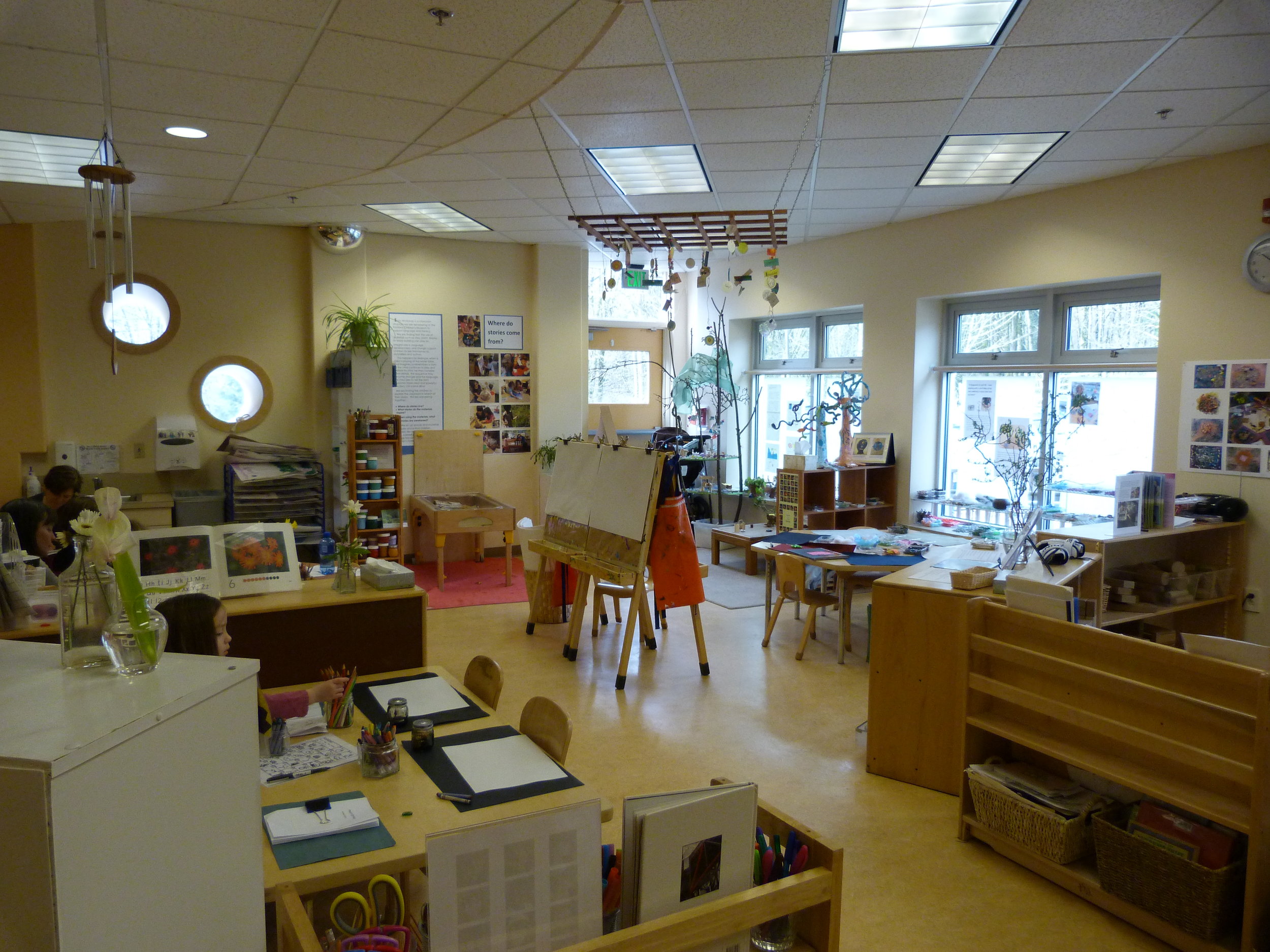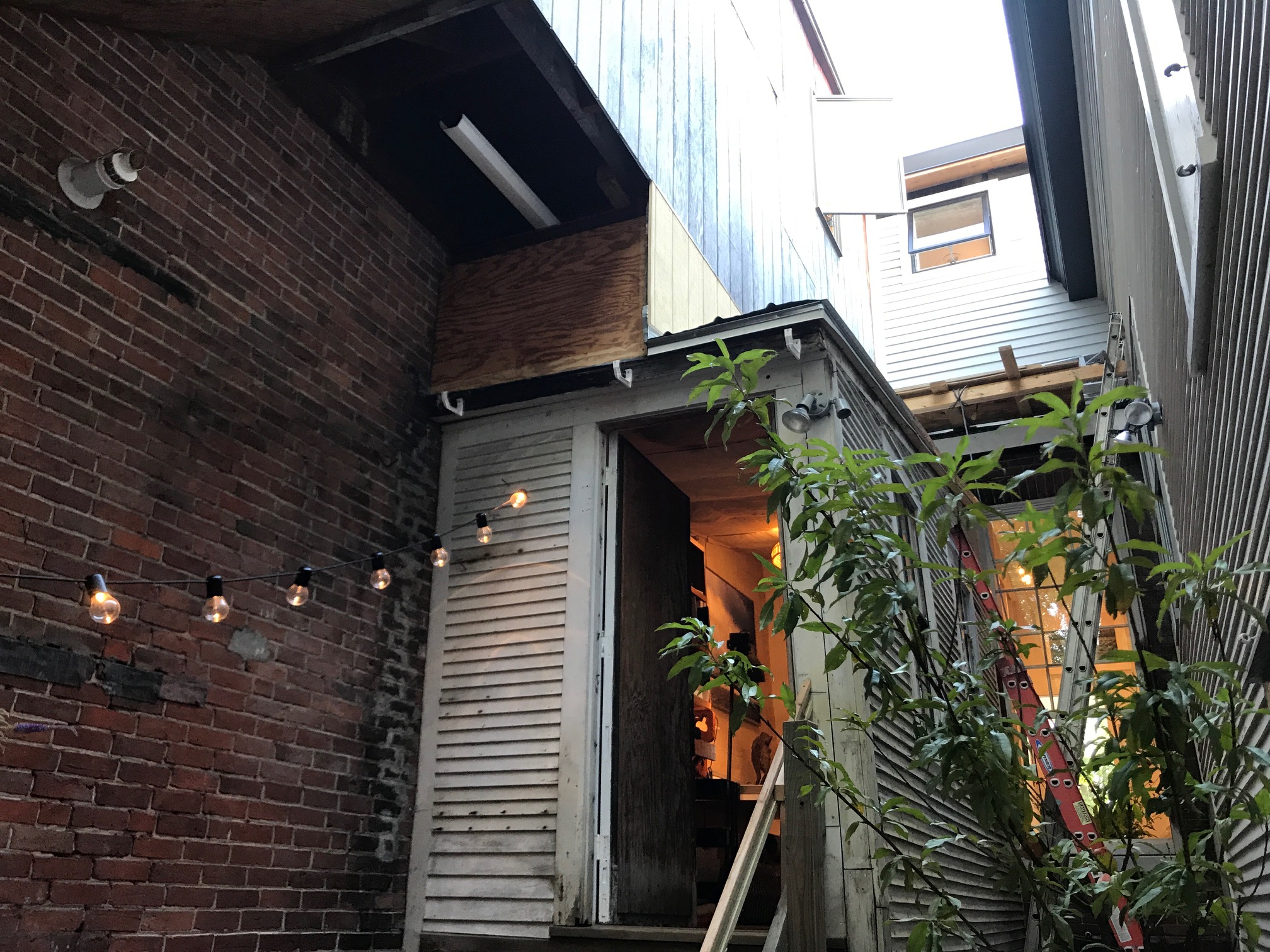On October 28th I attended my first Rounds with Steve Seidel, Director of the Arts in Education Program at Harvard Graduate School of Education. I have heard about Rounds for years and finally I was able to show up to participate in a wonderful morning of professional development with a diverse group of professors, students and teachers from around Boston.
This is the origin and the thinking behind Rounds as it appears on the Project Zero website:
Education has very few opportunities for the kind of lifelong professional learning that those in the medical community can access. At Project Zero we have been engaged since 1995 in an effort to create a powerful learning community based on the medical model of "rounds", where doctors young and old come together to share knowledge and practice clinical diagnostic skills...ROUNDS is a monthly discussion group giving educators an opportunity to gather and discuss emerging issues in educational practice, to present their personal puzzles about teaching and learning, and to practice looking at student work together... Everyone is considered to have special perspectives and expertise to offer the group, and those who attend engage in serious and spirited dialogue about educational matters.
The morning that I attended, a question was posed by Mara Krechevsky. Mara first reviewed some of the current thinking emerging from the Pedagogy of Play research of Project Zero, and then framed her question:
How do you create a classroom culture where learning is seen as an adventure of joy, challenge and the unexpected, also when addressing serious and sometimes troubling learning topics?
Such a range of thoughtful responses to this question ensued with many examples that demonstrated how this kind of teaching and learning can be put this into practice...often through students making beautiful work that contributes to their communities' health and well being, innovation and problem solving, healing and growth.
The second part of the morning was dedicated to looking at a collaborative drawing done in a free period by a group of third grade students. We followed the Collaborative Assessment Protocol carefully. I have facilitated this protocol with many groups of teachers and it was such a joy to participate with Steve who is the author of the protocol and a master at leading it. The drawing was a Halloween drawing and full of fun and fantasy. We all learned much through paying such close attention to what the students had created.
I can't wait to go back to Rounds. Undoubtedly, attendance will inspire me to spiral outwards with what I learn and to design ever more thoughtful opportunities for learning with the teachers with whom we work. If you are in Boston on a Saturday morning, check and see if Rounds is scheduled. I promise you, you will learn in adventurous, joyful, challenging and unexpected ways!






















